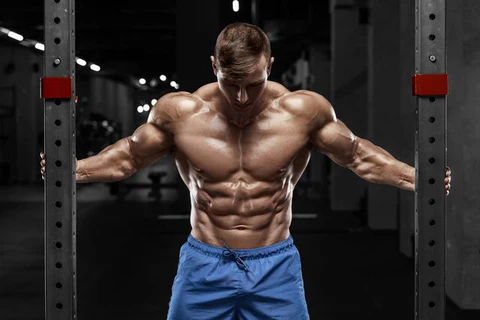Achieving a powerful, well-defined chest requires dedication, proper technique, and a tailored workout plan.
The chest muscles, which include the pectoralis major and minor, are responsible for pushing, lifting, and stabilizing movements in the upper body.
To build a bigger and stronger chest, you need a strategic combination of compound and isolation exercises.
Below, we outline the top 15 chest workouts to help you elevate your upper body strength and aesthetics.
Understanding the Chest Muscles
Before diving into the workouts, it’s crucial to understand the anatomy of your chest muscles. The primary muscles targeted during chest workouts include:
- Pectoralis Major: The larger, fan-shaped muscle responsible for the bulk of the chest. It’s divided into the upper, middle, and lower portions.
- Pectoralis Minor: A smaller muscle located underneath the pectoralis major, aiding in shoulder stabilization and movement.
Supporting muscles like the deltoids, triceps, and serratus anterior also play a role during chest exercises.
Why Focus on Chest Workouts?
A strong chest is not just about aesthetics; it provides functional benefits too:
- Improved posture
- Enhanced upper body strength
- Better performance in pushing movements
- Balanced muscle development across the upper body
Now, let’s get into the top 15 exercises that will help you build a bigger and stronger chest.
Top 15 Chest Workouts
1. Barbell Bench Press
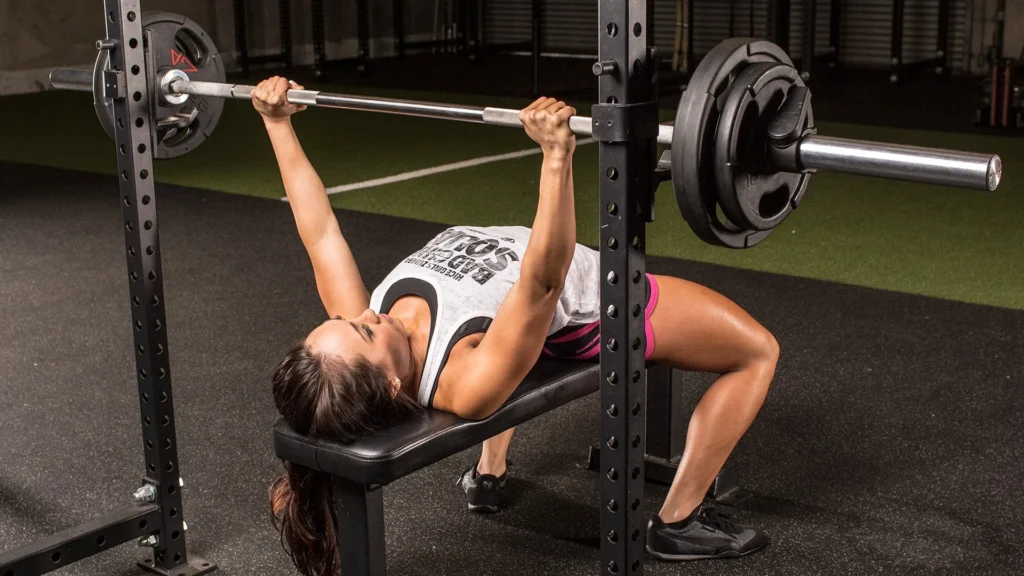
The barbell bench press is the ultimate chest-building exercise. It’s a compound movement that targets the entire pectoralis major while engaging the triceps and shoulders.
- How to Perform:
- Lie flat on a bench with your feet firmly planted on the floor.
- Grip the bar slightly wider than shoulder-width.
- Lower the bar to your chest, then press it back up to the starting position.
- Pro Tip: Focus on controlled movements to maximize muscle engagement.
2. Dumbbell Bench Press

This exercise allows for a greater range of motion compared to the barbell bench press, promoting muscle symmetry and stability.
- How to Perform:
- Lie on a flat bench with a dumbbell in each hand.
- Press the weights up until your arms are fully extended, then lower them slowly.
- Pro Tip: Avoid locking out your elbows to keep tension on the chest.
3. Incline Bench Press

Targeting the upper portion of the chest, the incline bench press is essential for balanced development.
- How to Perform:
- Set the bench at a 30-45 degree incline.
- Perform the press using a barbell or dumbbells.
- Pro Tip: Use a moderate weight to maintain proper form and avoid shoulder strain.
4. Decline Bench Press

The decline bench press emphasizes the lower chest, contributing to a fuller, more defined look.
- How to Perform:
- Adjust the bench to a decline angle.
- Perform the press as you would on a flat bench.
- Pro Tip: Keep your core tight to stabilize your body.
5. Push-Ups
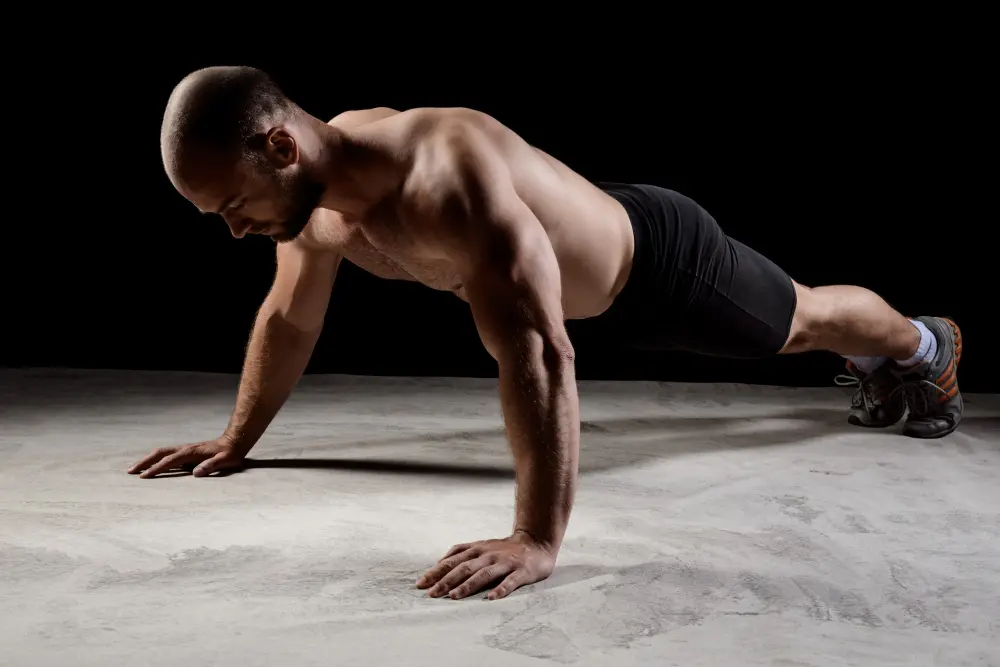
A classic bodyweight exercise, push-ups are excellent for beginners and advanced lifters alike.
- How to Perform:
- Start in a high plank position.
- Lower your body until your chest nearly touches the floor, then push back up.
- Pro Tip: Modify by elevating your feet for more upper chest activation.
6. Dumbbell Flyes
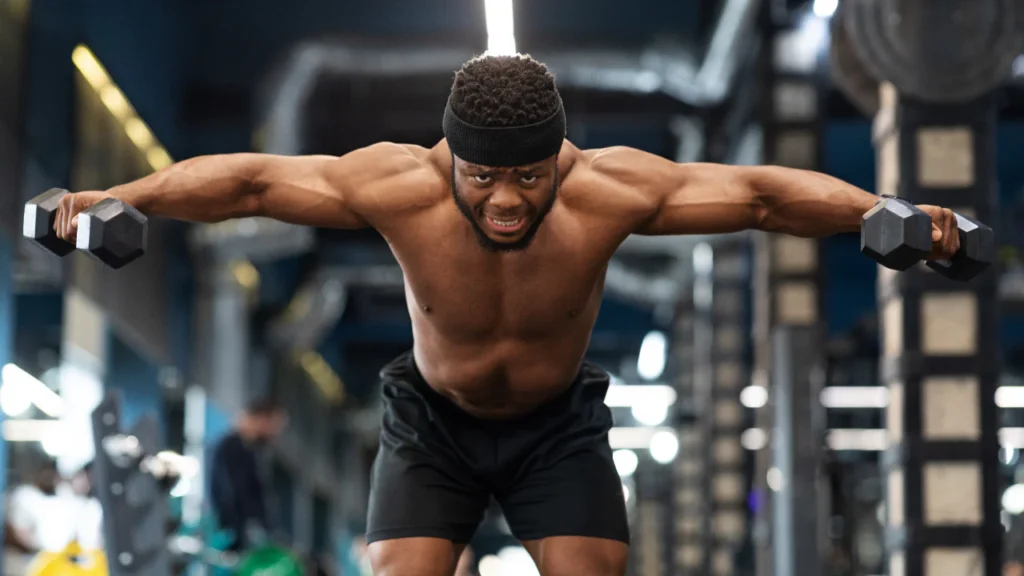
This isolation exercise stretches and contracts the chest muscles, improving muscle definition.
- How to Perform:
- Lie on a flat or incline bench with a dumbbell in each hand.
- Lower the weights in an arc until they’re level with your chest, then bring them back together.
- Pro Tip: Use lighter weights to maintain control and avoid shoulder injury.
7. Cable Crossovers
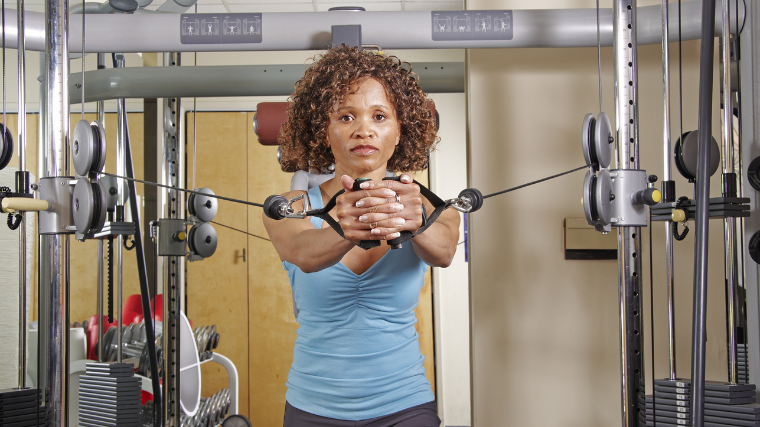
Cable crossovers provide constant tension throughout the movement, targeting the inner chest.
- How to Perform:
- Set the pulleys to a high position.
- Pull the cables downward and across your body in a controlled motion.
- Pro Tip: Squeeze your chest at the end of each rep for maximum contraction.
8. Chest Dips

Chest dips are a challenging bodyweight exercise that emphasizes the lower chest and triceps.
- How to Perform:
- Position yourself on parallel bars.
- Lean forward slightly as you lower your body, then press back up.
- Pro Tip: Add weights using a dip belt to increase intensity.
9. Machine Chest Press
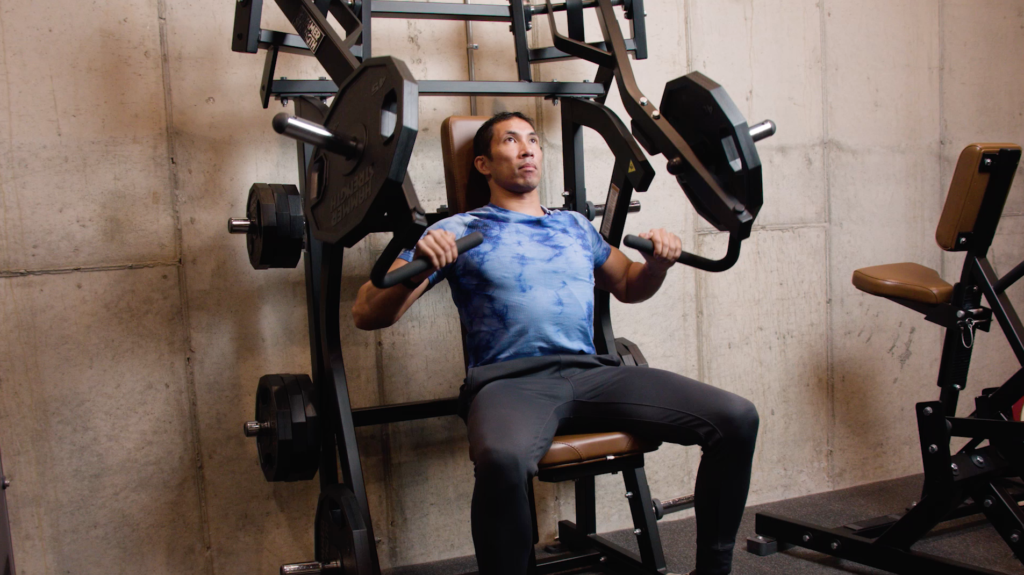
This exercise is ideal for beginners or those recovering from injuries, as it provides guided motion.
- How to Perform:
- Adjust the seat so the handles align with your chest.
- Push the handles forward, then slowly return to the starting position.
- Pro Tip: Focus on squeezing your chest at the top of the movement.
10. Pec Deck Machine
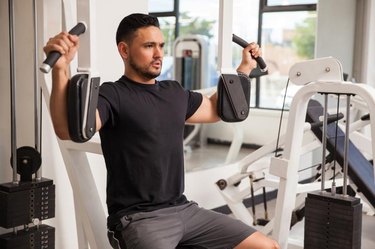
The pec deck machine isolates the chest muscles, making it an excellent finishing exercise.
- How to Perform:
- Sit on the machine with your arms bent at a 90-degree angle.
- Bring the handles together in front of your chest, then slowly return to the starting position.
- Pro Tip: Avoid jerky movements to reduce the risk of injury.
11. Incline Dumbbell Flyes
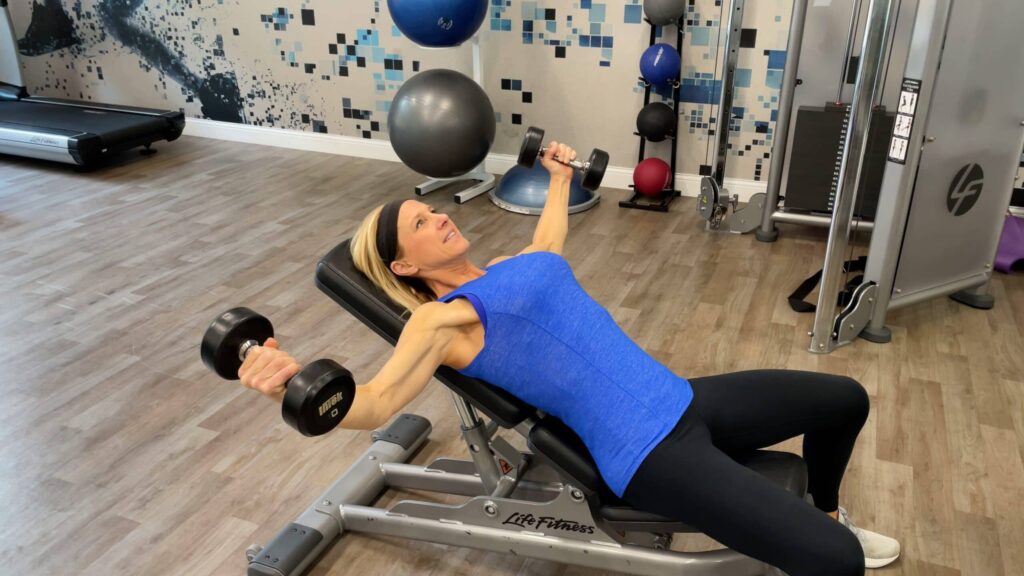
Similar to standard dumbbell flyes, this variation targets the upper chest.
- How to Perform:
- Set the bench to an incline.
- Perform the flyes with controlled movements.
- Pro Tip: Keep a slight bend in your elbows to reduce strain on your joints.
12. Plyometric Push-Ups
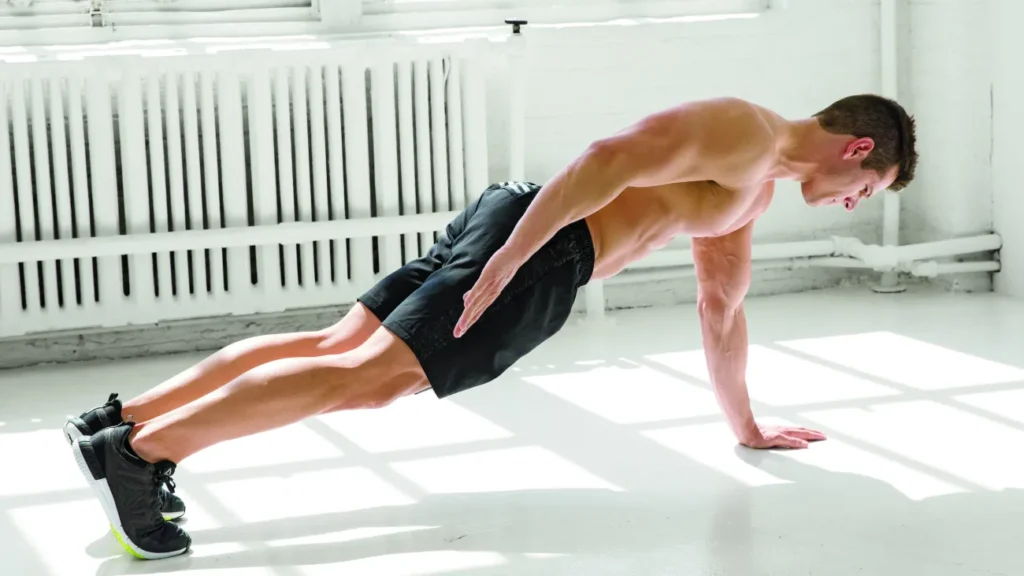
A great way to build explosive strength, plyometric push-ups engage fast-twitch muscle fibers.
- How to Perform:
- Perform a push-up, but push off the ground with enough force to lift your hands off the floor.
- Land softly and repeat.
- Pro Tip: Use a padded surface to protect your wrists.
13. Landmine Press

This unilateral exercise builds strength and stability in the chest and shoulders.
- How to Perform:
- Anchor one end of a barbell in a landmine attachment.
- Press the bar upward with one hand while standing in a split stance.
- Pro Tip: Keep your core engaged to prevent wobbling.
14. Svend Press
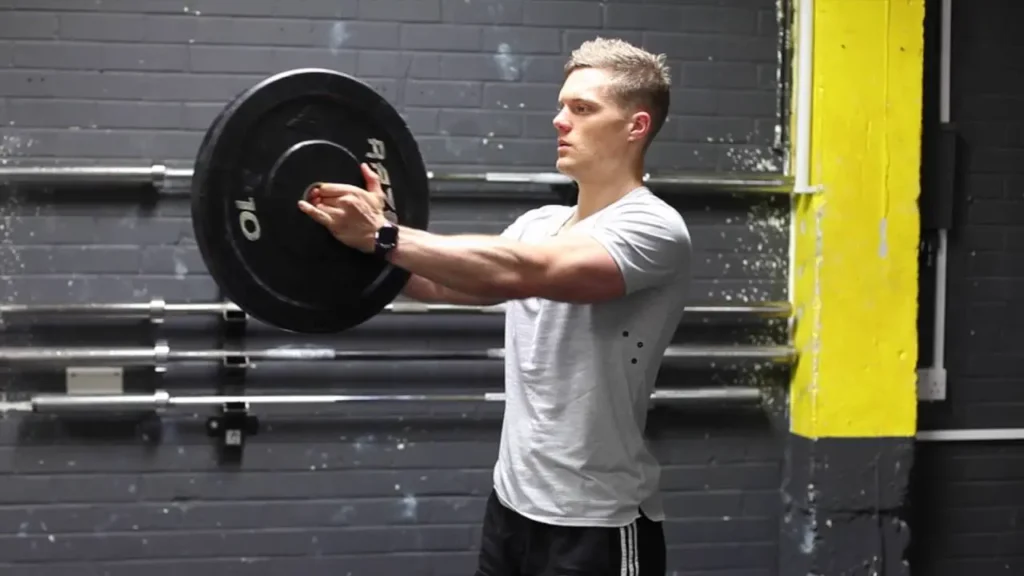
The Svend press is an underrated exercise that focuses on the inner chest.
- How to Perform:
- Hold a weight plate between your hands at chest level.
- Press the plate forward while squeezing your hands together.
- Pro Tip: Keep the movement slow to maximize muscle activation.
15. Resistance Band Chest Press
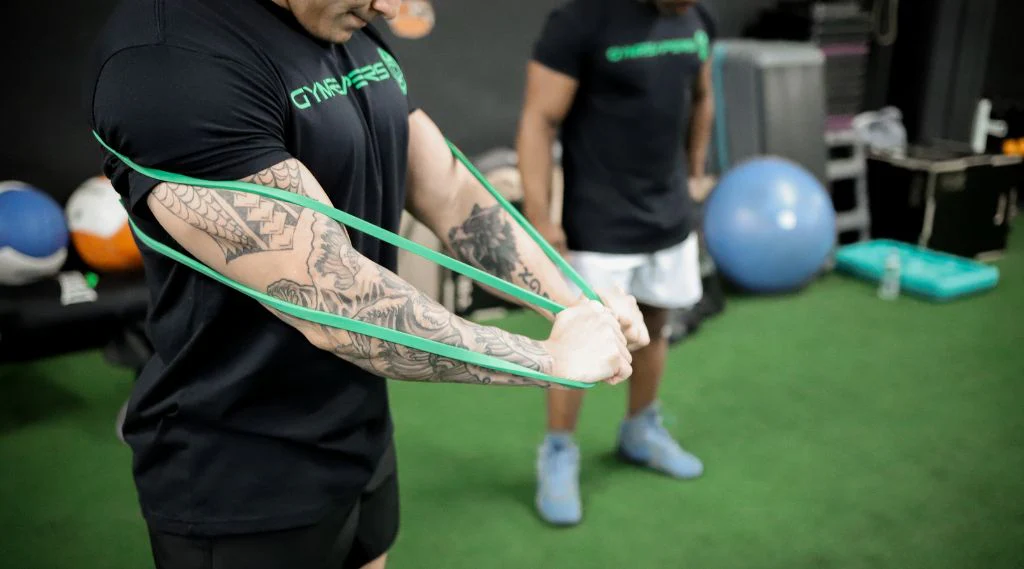
A versatile option for at-home workouts, resistance bands provide variable tension.
- How to Perform:
- Anchor the band behind you at chest level.
- Press forward until your arms are fully extended, then return.
- Pro Tip: Adjust the band’s resistance to match your strength level.
Creating Your Chest Workout Routine
To optimize your results, consider these tips when planning your chest workouts:
- Frequency: Train your chest 2-3 times per week with adequate rest between sessions.
- Variety: Include a mix of compound and isolation exercises to target all areas of the chest.
- Progressive Overload: Gradually increase the weight or resistance to continue building strength and size.
- Form First: Prioritize proper technique to avoid injury and maximize effectiveness.
FAQs About Chest Workouts
1. How long does it take to see results?
With consistent training and proper nutrition, noticeable improvements in chest size and strength can appear within 4-8 weeks.
2. Can I train my chest every day?
No. Overtraining can hinder recovery and lead to injury. Aim for 48-72 hours of rest between chest workouts.
3. What’s the best chest exercise for beginners?
Push-ups and machine chest presses are excellent options for beginners to build strength and confidence.
4. Should I lift heavy or focus on high reps?
For muscle growth, a combination of heavy weights (6-8 reps) and moderate weights (10-12 reps) works best.
5. How do I prevent shoulder pain during chest workouts?
Warm up properly, use correct form, and avoid lifting too heavy too soon.
Your Journey to a Stronger Chest Starts Here
Building a bigger, stronger chest requires consistency, effort, and the right mix of exercises.
By incorporating these 15 workouts into your routine, you’ll target all areas of your chest for balanced development.
Stay committed, challenge yourself, and don’t forget to fuel your body with proper nutrition. A powerful upper body is within your reach!
